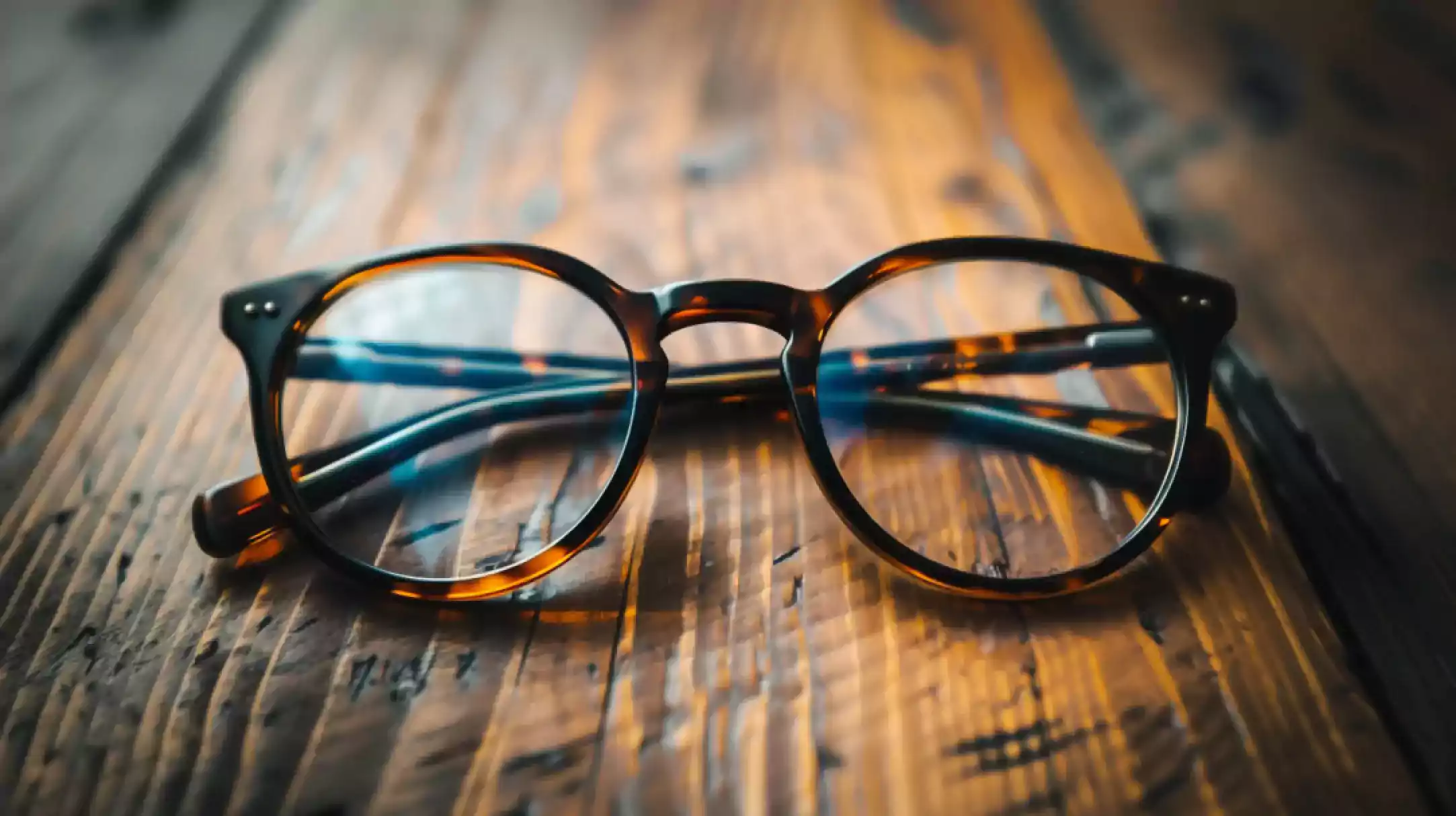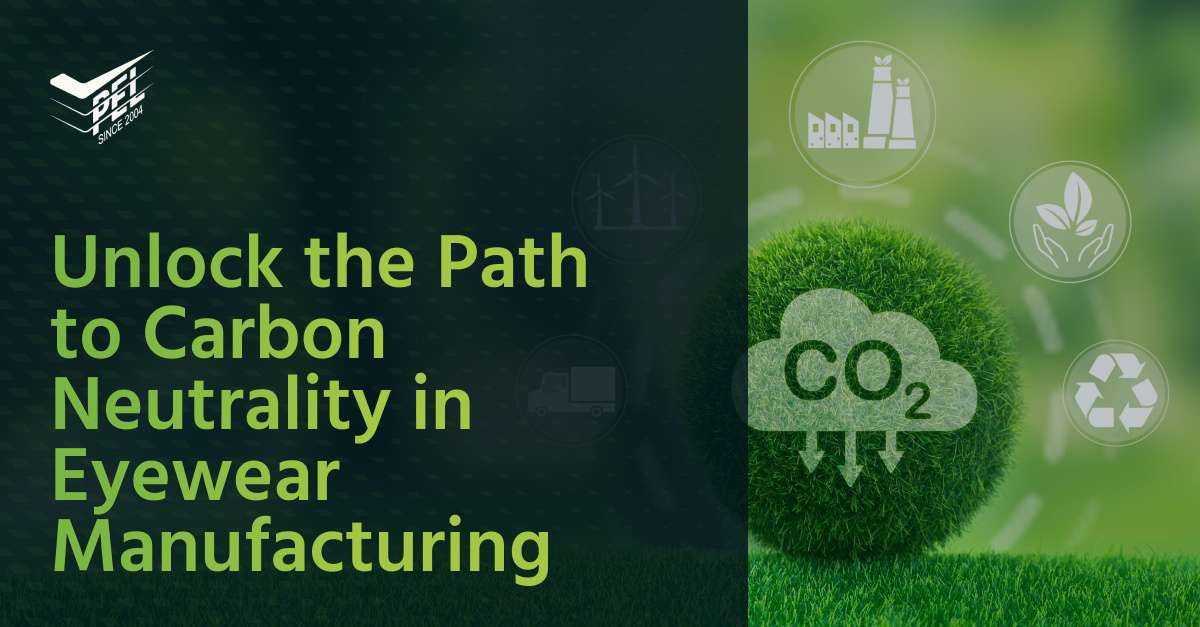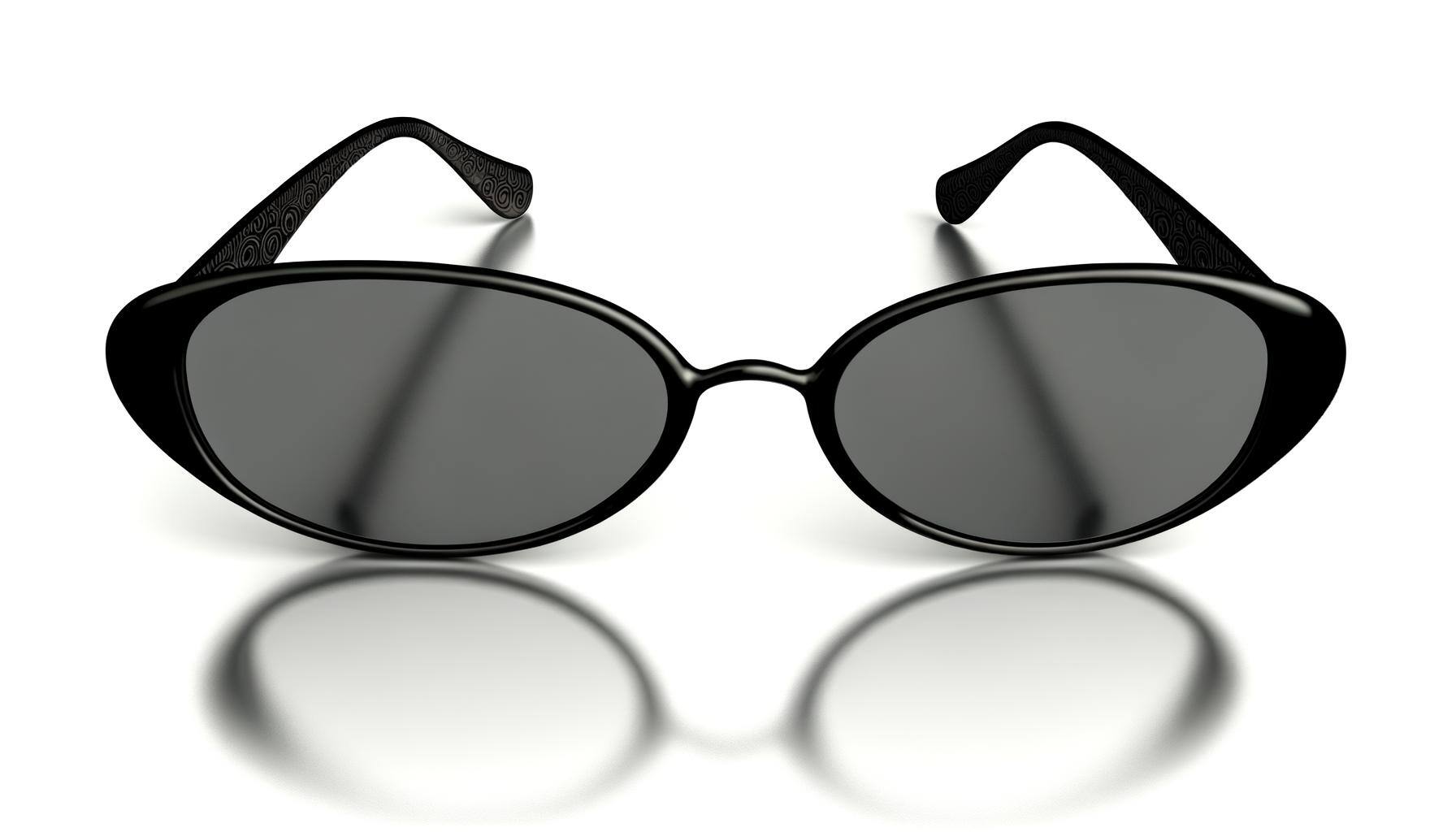How much does quality eyewear matter to your business? Do you need above-average quality, and can you control quality? If you’re looking for answers to these questions keep reading.
Most of us can agree that there’s no substitute for good quality and if you don't agree with that, you should. Why would anyone worry about the brand of sunglasses they buy otherwise; or any other branded product for that matter? You are NOT just buying glasses or sunglasses, you’re buying the promise of the GOOD QUALITY that brand promises you.
BUT, do I need good quality eyewear for my business?
Yes, you NEED good quality eyewear if you want to stand out from the crowd, unless you’re happy with a fly-by-night company with no real ambition; yes, we went there.
Finding good quality eyewear in the retail market without breaking the bank isn’t easy, but, it doesn’t have to be. You CAN guarantee good quality eyewear easily enough once you know what to look for.
The eyewear trade’s growth rate isn’t showing any sign of slowing down, according to this report by Grand View Research. Online sales is now a major factor to consider, and revolutionary approaches to selling eyewear, like that of Warby Parker, is evolving the eyewear business. Undeniably it’s a great time to be in the eyewear trade.
How can we HELP you?
By showing you how you can guarantee good quality eyewear, which eyewear quality standards apply to your region(s), and how to turn a healthy PROFIT in the process.
Where Did Eyewear Come from and When Did Quality Begin to Matter?
.jpg?width=1024&name=shutterstock_477620830%20(1).jpg)
Quality always mattered; approximately 700 years ago the production of spectacles started with the original Guild of crystal workers, and even then they understood the importance of producing the best possible quality. The irony of it is that when the trade started in Italy, the production itself was kept a secret to ensure a profit down the line. If you’ve read anything about Luxottica and their dominance in the eyewear trade in recent years, as reported in this article by Forbes Magazine, you’ll understand the irony.
In the early 1900’s in America, scientific lens design gained full momentum, and quality standards were developed. There was a sudden surge in the desire for precision in the eyewear trade - frame measurements moved from centimeters to millimeters, and trial lenses became commonplace before final calibration was applied.
Opticians wholeheartedly endorsed the new standards and were doing everything in their capacity to polish the finer techniques and designs to produce the most accurate eyewear for their clients.
In 1956 the first ANSI Z80.1 committee was established in the USA, a.k.a. The Vision Council. Their purpose was to create the first codified and uniform standard for use in the testing and manufacturing of glasses.
Sunglasses Are Sunglasses, Right?
.jpg?width=1024&name=shutterstock_277510598%20(1).jpg)
Wrong! Even with access to the internet and with it any information we could ever require, most people are still in the dark about the importance of wearing sunglasses
Sunglasses, good for your HEALTH?
Sunglasses assist in the prevention of cataracts, blurred vision, vision loss, wrinkles around eyes, and skin cancer. But, how certain can you be the sunglasses you produce/bought will keep your end-users safe?
Eyelids are fragile, thin and easily damaged by UV rays, even during overcast weather. However, sunglasses that don’t provide the right kind of protection can cause more damage than good.
The good news here is that not all sunwear is created equal, and pricing shouldn’t be a determining factor here, only the standards to which the products adhere to (mentioned below). You can guarantee safe, quality eyewear for your clients by making sure the manufacturer produces according to the standards your require. Pricing is more often than not an indicator of fashion and not function.
So let’s spell it out shall we - you can produce top shelf eyewear at the same standards, quality, and price as any of the big players out there!
Are you in any way unsure about how to go about this? Get in touch with one of our expert eyewear startup consultants to guide you through your next steps.
How Can I Guarantee Quality?
.jpg?width=1024&name=shutterstock_606904796%20(1).jpg)
Each region has its own standards, and ultimately the responsibility of the standard of eyewear being imported lies with the one importing the products. As a rule of thumb, make sure the factory produce eyewear according to ISO 12312-1:2013 and ISO 12311:2013 standards before looking any further.
Together these two ISO standards provide a series of regulations that manufacturers must comply with. These include checking for sharp edges that could cause injury, anything causing vision impairments that could prevent the distinction of color on traffic lights, as well as the different levels of UV protection.
If you’re currently manufacturing eyewear, you have to keep your fingers on the pulse and make sure that standards are being met.
If you’re in the market for new eyewear OEM’s take a look at our useful free guide: “Best Eyewear Manufacturers in China and How to Source Them” which walks you through how to find excellent eyewear suppliers that you can trust.
Who Is Responsible for Final Product Quality?
YOU are, and you have to make sure the quality of your eyewear complies with the rules and regulations stipulated for the region you’re importing/exporting to.
- USA - regulated by the FDA which looks to both ISO and ANSI standards.
- Europe - glasses have to adhere to the PPE Directive as stipulated by Bureau Veritas and all imports of eyewear are regulated by REACH and should meet basic ISO Standards.
- Australia and New Zealand - products are measured according to AS/NZS 1067:2003 standards.
Manufacturing quality eyewear in China doesn’t have to be a complicated process, and you don’t have to travel to China to micromanage or worry about communication gaps. There are avenues you can take to guarantee your products are produced in compliance with required regulations. Speak to an expert at PEL for more up-to-date information about quality eyewear manufacturing in China.
Do you have any tips you can share about quality standards when manufacturing quality eyewear in China for our community? Any other cautionary tales on producing eyewear in China you are willing to share?
Please let us know your thoughts, experiences, and tips by leaving a comment below.











